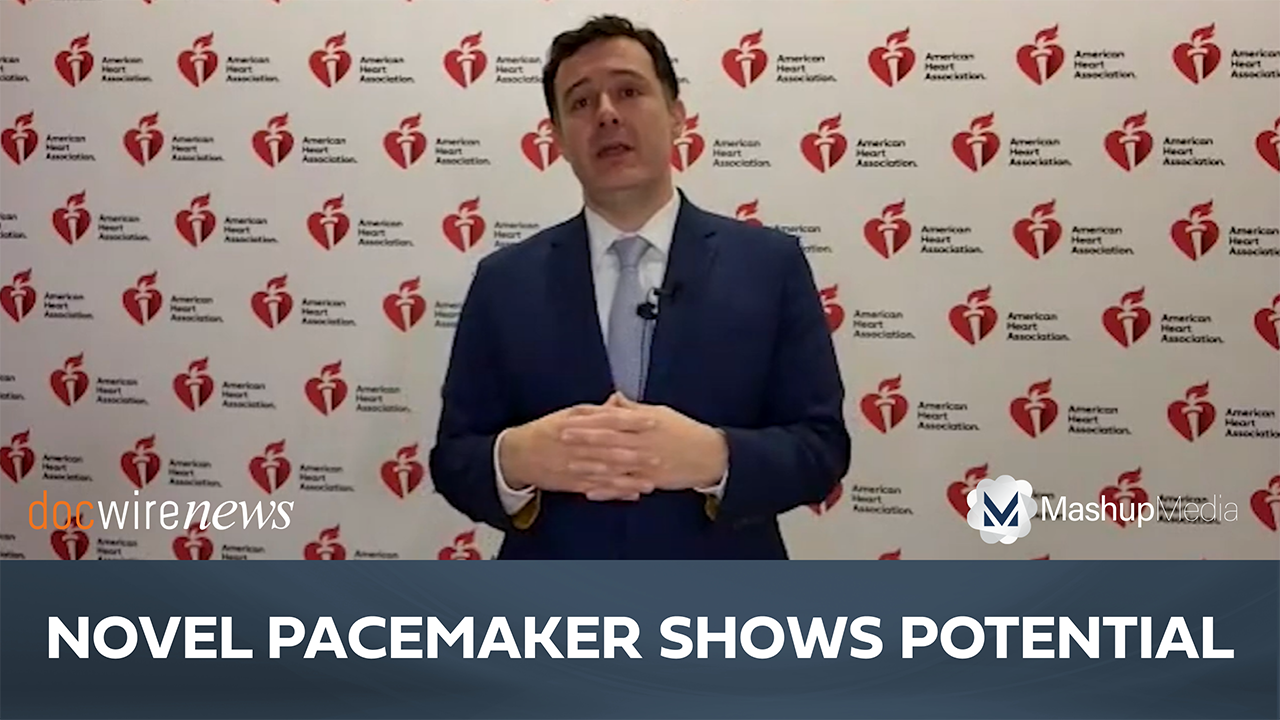
The digitally supported self-management and self-detection of symptom onset for coronary artery occlusion is feasible, suggest results from a new study highlighting the proof of concept of a new detection method.
The researchers, publishing in The Lancet Digital Health, described the RELF lead recording method, a three-lead detection system for mobile hand-held devices that features an automatic algorithm for detecting acute coronary artery occlusion. The multicenter, observational feasibility study included 64 patients, 58 of whom were able to perform ambulatory self-recordings. Patients had been discharged from percutaneous coronary intervention were able to use smartphones to perform random ambulatory recordings for at least one week. They also made similar recordings prior to PCI and within one minute of balloon occlusion. They were then followed up for one month after discharge. The authors assessed performance via analysis of the receiver operator characteristics of the ST difference vector magnitude.
According to the results, 4,567 (91%) of the 5,011 ambulatory self-recordings were automatically classified as successful within one minute. A total of 63 index tests within one minute of coronary artery occlusion in 55 patients were available for analysis. Mean specificity was 0.96 with a 4.19% false positive rate during daily life conditions. The sensitivity for target conditions was 0.87 for occlusion, 0.95 for occlusion with electrocardiogram changes, and 1.00 for occlusion with electrocardiogram changes and STEMI criteria. Index testing was more sensitive for detection of a 60-second balloon occlusion than the STEMI criteria by 12-lead electrocardiogram (P<0.0001). No patients died during the study, the authors reported.
Feasible, but More Study Needed
“This is the first clinical study that supports the proof-of-concept of self-detection of acute coronary artery occlusion in outpatients with coronary artery disease,” the researchers wrote. “We illustrate how our device can integrate patient skills with anticipatory plans from health-care providers into more time-efficient self-triage during chest pain.”
In an accompanying commentary, authors Drs. Ulf Landmesser, of Charite University Medicine Berlin, and Calum MacRae of Brigham and Women’s Hospital in Boston, indicated that the next step would be to have the results borne out in further clinical study.
“These findings are encouraging with respect to the feasibility and sensitivity of this approach,” they wrote in their commentary. “However, further clinical studies will need to establish the accuracy and value of this novel approach in the context of a dynamic acute coronary syndrome and will also help to identify patients suitable for the elective deployment of this digital technology.”
Automated, self-detection of heart attack via smartphone + ECG algorithm in patients with known heart disease: validation in a small multi center trialhttps://t.co/tJqYSQLMNR @LancetDigitalH #openaccess @uzgent pic.twitter.com/KRVwvXJUgh
— Eric Topol (@EricTopol) May 24, 2019
Remote patient monitoring changing the landscape of medicine! @LancetDigitalH @One_HealthTech #digitalhealth https://t.co/khmKksJVtA
— Haala Rokadia (@HRokadiaMD) May 25, 2019
Can automatic self detection of heart attacks shorten time delay between onset of symptoms and seeking medical attention? A @LancetDigitalH feasibility study. https://t.co/0luJDbZ3x9 pic.twitter.com/gep5HWIBUZ
— Muin J. Khoury (@MuinJKhoury) May 25, 2019







 © 2025 Mashup Media, LLC, a Formedics Property. All Rights Reserved.
© 2025 Mashup Media, LLC, a Formedics Property. All Rights Reserved.